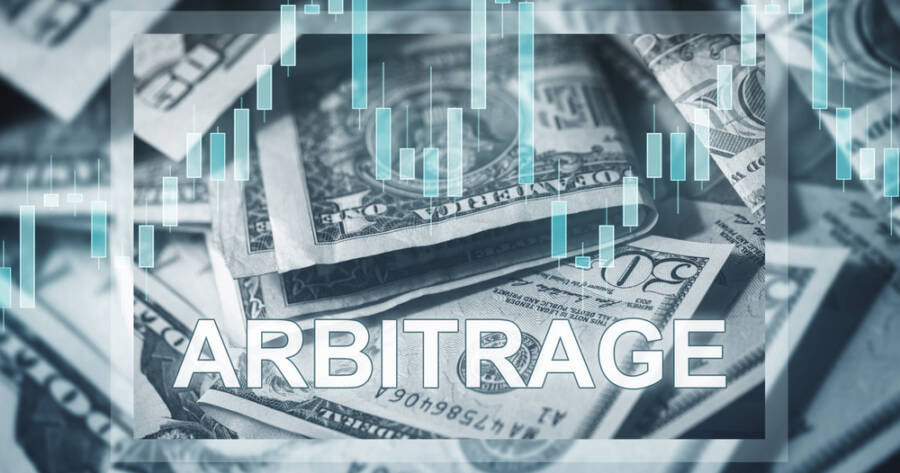In the ever-changing landscape of financial markets, volatility presents both challenges and opportunities for astute investors. Volatility arbitrage strategies have emerged as a sophisticated means of capitalizing on market fluctuations, offering the potential for substantial returns.
Discover the Essence of Volatility Arbitrage
Volatility arbitrage exploits price discrepancies between related financial instruments, such as stocks and options, or between the same asset traded on different exchanges. By simultaneously buying and selling these instruments, arbitrageurs aim to profit from the convergence of their prices. This strategy requires a deep understanding of market dynamics, risk management, and the ability to execute trades swiftly and efficiently.
Implied Volatility Trading: Strategies for the Discerning Investor
One prominent example of volatility arbitrage is the merger arbitrage strategy. When a company announces a merger or acquisition, the stock price of the target company often experiences increased volatility. Merger arbitrageurs capitalize on this volatility by buying the target company’s stock and simultaneously selling short the stock of the acquiring company. If the merger is completed, the arbitrageurs profit from the convergence of the two stock prices.
Another notable volatility arbitrage strategy involves exploiting the difference between implied volatility and realized volatility. Implied volatility is the market’s expectation of future price fluctuations, while realized volatility is the actual price fluctuation that occurs over a given period. When implied volatility is higher than realized volatility, arbitrageurs can profit by selling options and buying the underlying asset.1
Volatility Futures and VIX-Based ETFs
Beyond merger arbitrage and implied volatility trading, volatility arbitrage encompasses a wide range of instruments and strategies. These include volatility futures and options, VIX-based ETFs, and various structured products. Each instrument offers unique risk and return profiles, catering to different investor preferences and risk appetites.2
Volatility futures and options provide direct exposure to the volatility of an underlying asset. VIX-based ETFs, such as the VIX Index ETF (VXX), offer a convenient way to gain exposure to the CBOE Volatility Index (VIX), a popular measure of market volatility. Structured products, such as volatility-linked notes and exchange-traded notes (ETNs), provide investors with tailored exposure to specific volatility strategies.
Why You Should Learn More About Volatility Arbitrage Strategies
Volatility arbitrage strategies offer a compelling opportunity for investors seeking to profit from market fluctuations. By understanding the intricacies of these strategies and leveraging the expertise of reputable finance brokers, investors can navigate the complexities of the financial markets and potentially achieve substantial returns.
Explore the vast array of volatility arbitrage strategies available and unlock the potential for lucrative investments.
